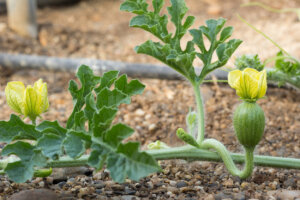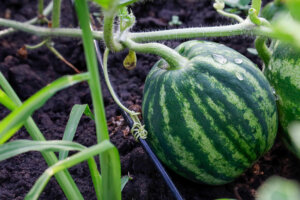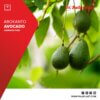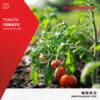WATERMELON: Cultivation characteristics and irrigation techniques.
- Watermelon (Citrullus lanatus, Gen.: Cucurbitaceae) is an annual, creeping plant with a relatively deep root system.
- Watermelon belongs to the warm season crops and needs a period of 4 months without frost. The lowest soil temperature for watermelon growth is 21⁰C, while the ideal soil temperature is between 24⁰C – 30⁰C. Watermelon is a plant that performs best in fertile, deep soils with good drainage.
- Watermelon is commercially cultivated mainly by transplanting seedlings in late spring / early summer depending on variety and earliness, which are grown in seedbeds. Harvesting watermelons is a process that requires experience to ensure that they are harvested mature with the proper concentration of sugars, is done more than one time and depending on variety and earliness/lateness from 11 – 17 weeks after planting.
- Watermelon has its origins in West Africa, where it’s wild ancestor, Citrullus colocynthis There is evidence of Citrullus lanatus and Citrullus colocynthis being cultivated in the Nile Valley from almost 2,000 BC. Seeds of both species have been found in the tomb of Pharaoh Tutankhamen, while depictions of watermelon appear in hieroglyphics of Ancient Egypt. Afterwards, watermelon cultivation reached India in the 7th century AD, and in the 10th century AD it reached China, which today is the country with the largest watermelon production in the world.
- Watermelon contains 92% water and significant quantities of vitamin C and carotenoids. Furthermore, red-fleshed watermelons are an important source of lycopene. Finally, studies have demonstrated the positive impact of watermelon consumption against high blood pressure.
WATERMELON IRRIGATION
What are the water needs of watermelon cultivation?
Watermelon is cultivation with significant water requirements, while the quality of irrigation water plays a very important role in the overall production. The frequency and quantity of irrigation water depends on the stage of growth of the watermelon plants, the season, the amount of sunlight and the type of soil. The plants require adequate levels of soil moisture during both the germination and fruit development periods as, due to their extensive leaf area as a species belonging to the Cucurbitaceae family, they are characterized by a high degree of water loss due to transpiration.
It is important that irrigation is provided with the necessary amounts of water and avoid overwatering which could lead to fungal diseases. On the other hand, lack of water can adversely affect the photosynthesis and metabolism of plants and may cause wilting and top drying. Finally too much water or abrupt watering after a water break during the ripening stage may cause fruit splitting.
It is therefore recommended to irrigate watermelon cultivation frequently and in small amounts.


Which is the most advisable irrigation technique applied to watermelon cultivation?
Drip irrigation is considered the most appropriate system, as it contributes significantly to water saving, thus enhancing the overall effort for water saving.
Palaplast has a wide range of products that can be used to install a reliable and efficient drip irrigation system for watermelon plantations:
- Irrigation pipes AGROPAL HDPE 80 και LDPE
- Pressure Compensating Driplines
- Driplines (Paladrip – Palaplast, Paladrip-XL – Palaplast, Paladrip-Slim – Palaplast)
- Dripline fittings
- Microsprinklers and fittings (Pal Rotating Super Sprayer, Pal Rotating Special Sprayer, Dual adjuster, Spike)
- Clamp saddles
- Filters



